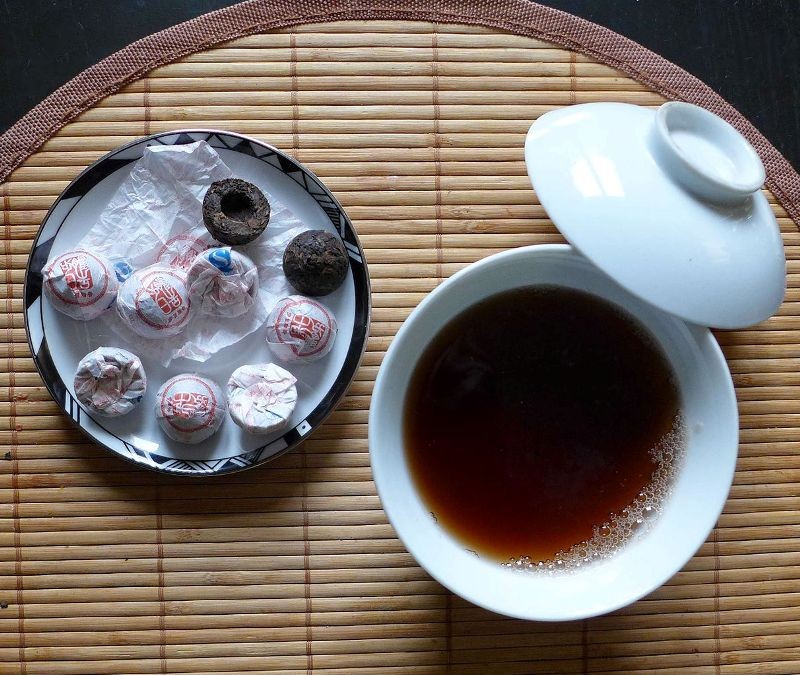
by Ryan | From the Interns, Tea Education
For most of its history, a teawright created pu-erh using the techniques to make sheng. But, the process is slow, and it takes many years for pu-erh tea to be crafted this way. As demand for pu-erh increased, many tea companies began to look for a way to speed up the process. So, in 1973, the Menghai Tea Factory and the Kunning Tea Factory devolved a method they called “Wo Dui”. This roughly means “wet piling” in English.
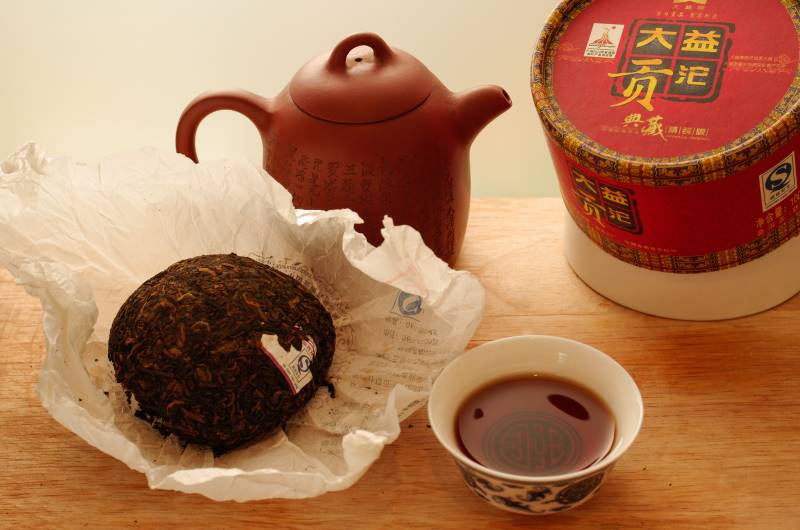
by Ryan | From the Interns, Tea Education
Pu-erh is an aged tea that has its origins in the Yunnan province of China. This tea has been a popular drink and export from the province for hundreds of years. It’s cultivated from the wild tea trees (the Camellia Sinensis plant that all tea comes from) that grow on the mountains. Local teawrights craft the leaves, and then allow it to age for many years. It’s during this aging process that the leaves will undergo fermentation.
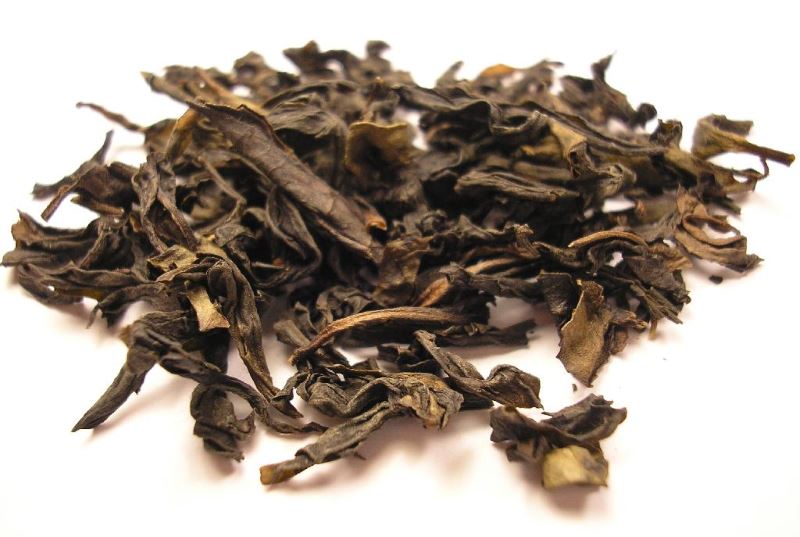
by Ryan | From the Interns, Tea Education
For much of its history, the oxidation process in tea crafting has been erroneously referred to as the “fermentation step”. This is because people assumed that the change of color in the leaves was the result of traditional fermentation. This is not the case, as fermentation requires microorganism, such as yeast. As advances in technology made it easier to study molecular chemistry, tea crafters were able to identify this process as oxidation, rather than fermentation.
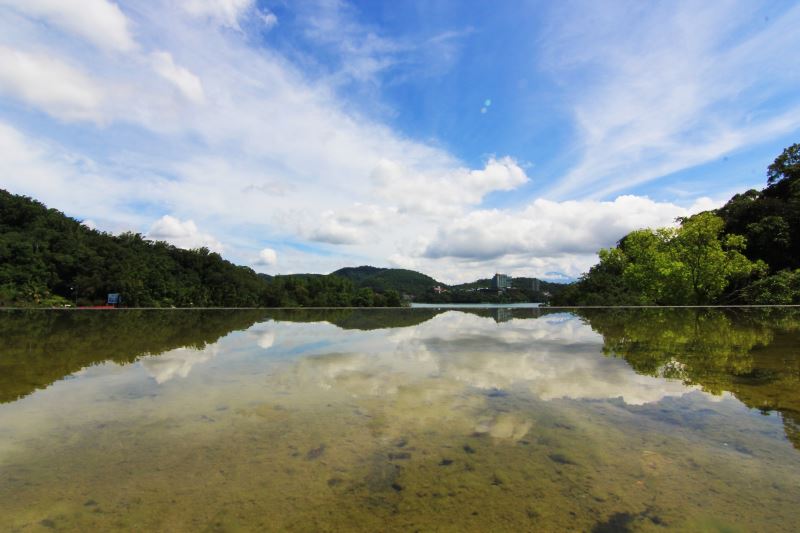
by Louise | From the Interns, Tea Education
In Louise’s final post as Summer intern, she discusses where our own tea comes from–the heart of Taiwan, Nantou County.
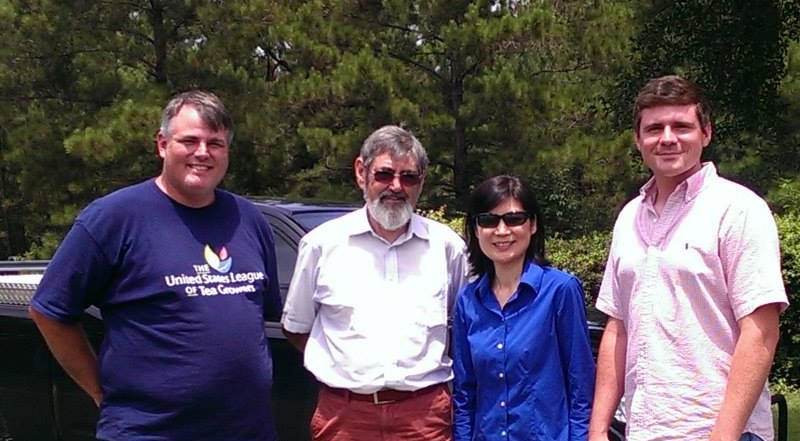
by Louise | From the Interns, Tea Education
When people talk about where tea is grown, the image in most minds is a mountain or humid field somewhere in Asia. People are also fairly familiar with the idea of tea being grown in Africa, although most of that tea makes its way to Europe. Few are aware, though, that there’s a growing movement of tea growers here in the United States.
In her quest to learn more about tea growth and terroir, intern Louise interviewed two folks working on US tea. She talked with Colonel Jason McDonald of the Great Mississippi Tea Company, and consultant Nigel Melican of Teacraft, Ltd. These two are collaborating to create a 5+ acre tea plantation in Mississippi. A unique idea in many many ways. Read here to learn what Louise discovers about the uniqueness of growing tea, let alone in Mississippi.
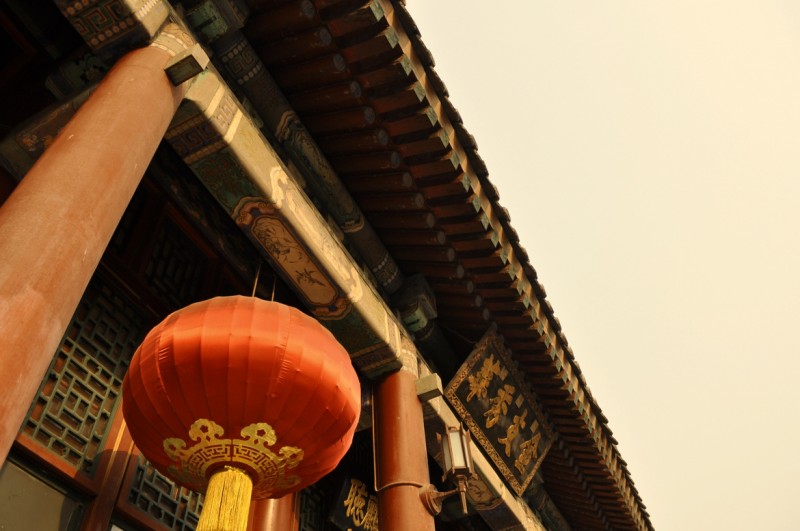
by Louise | From the Interns, Tea Education
As we can see from the elements of terroir, tea relies heavily on where it’s grown. All tea comes from the same plant, Camellia Sinensis, which has many varieties. The major tea-growing regions include China, India, Japan, Sri Lanka, and Taiwan. Each of these have various micro-climates and soil differences, creating a spectrum of tea flavor. However, certain regions are well known for producing specific types of tea.






